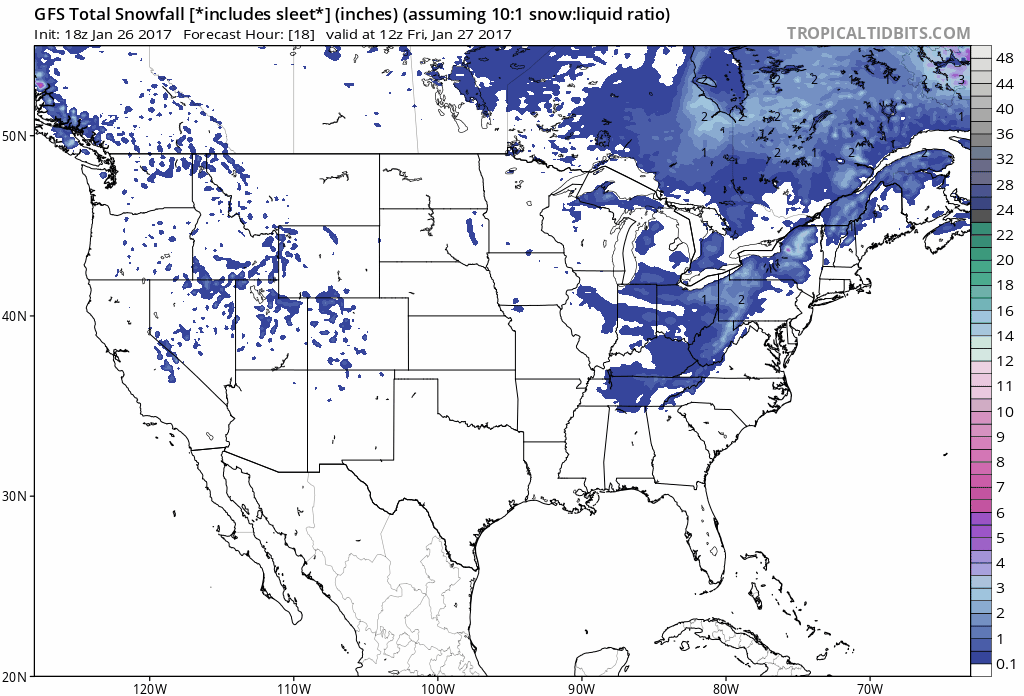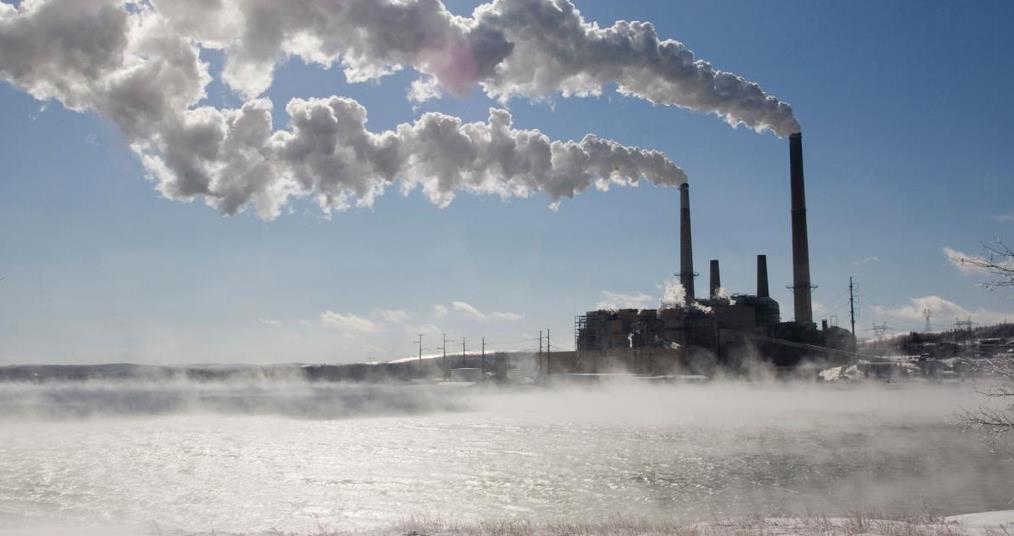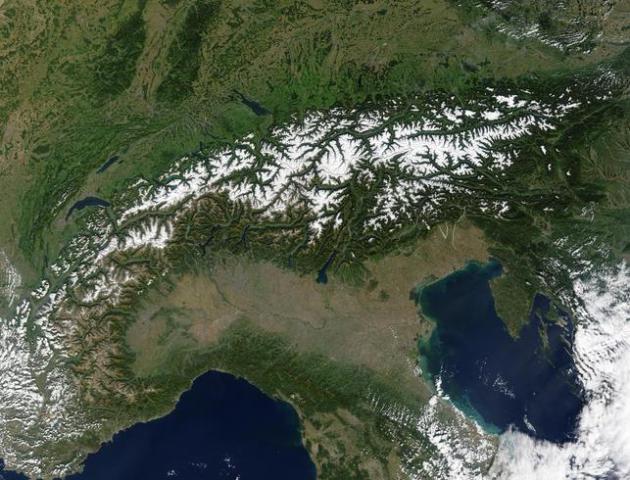51 additional minutes of daylight in the Twin Cities since December 21.
30 F. high yesterday in the Twin Cities.
24 F. average high on January 26.
28 F. maximum temperature on January 26, 2016.
2" snow on the ground at MSP International Airport.
January 27, 2006: A record high temperature of 50 degrees is set at the Eau Claire Regional Airport.
Only You Can Stop "Vacation Weather Shaming"
I do the weather for free because I'm smitten by Mother Nature. They pay me to put up with the abuse.
This is the time of year when friends, family and utter strangers share warm weather vacation taunts - there's more than a little gloating going on.
"Paul, it's Tom in Scottsdale, where it's a balmy 66 degrees. How's the weather up in Minnesota?" Click. "Hi Paul, it's Joan in San Diego, where my 4-year old actually FORGOT how to put on a jacket. Isn't that PRECIOUS?" Uh huh. Heidi texted me from Cabo, complaining about high winds and rough seas for fishing. "Is your weather app right? Will winds die down?" God help me.
My favorite is spring break trips in March. The greater the difference in temperature between Minnesota and the destination - the happier they are. Sad!
We all enjoy a vacation from the wicked winds of winter for the next couple of weeks. Expect 20s and a few 30s; European guidance keeps MSP metro temperatures above 0F thru February 11.
Heavy snow? Are you kidding me? I see a few scrawny clippers Sunday and Monday, but the pattern isn't ripe for a snowy dumping anytime soon.
Screenshots above: Aeris Pulse Weather.

Enjoy the Brief Break. Lake effect snows downwind of the Great Lakes dominate the pattern into the weekend; a badly-needed dry spell for much of the western USA. GFS guidance shows new storms slamming into California by the middle of next week with snow spreading across the Rockies and Plains into the Midwest just in time for Super Bowl Sunday on February 5. Future radar: NOAA and Tropicaltidbits.com.

10-Day Snowfall Potential. Lake effect towns from Erie and Buffalo to Watertown, New York will pick up significant snows into early next week; the next round of heavy snow the latter half of next week as another wave of storms push across the USA. A carpet of new (plowable) snowfall from Pierre and Des Moines to Peoria and Indianapolis for the first weekend of February? We'll see.
Map credit: Aeris Maps Platform.
29 Weekend Tornadoes in Georgia Alone. Meteorologist Dan Lilledahl helped me count up the tornadoes just in Georgia, which is 29 at last report. It validates a total of 50-60 or more across the Deep South last weekend, including Florida. Here are Dan's comments: "Here's what I could gather from the other NWS offices that service Georgia:
22+ tornadoes in the Peachtree City, GA NWS service area - covers most of central and northern GA.
4
tornadoes in the Tallahassee, FL NWS service area (3 in GA, including
one that killed 11 people, and 1 in AL) - they cover SW GA and west FL
and far southeast AL.
0 tornadoes in the Jacksonville, FL NWS service area - covers far southeast GA and northeast FL
4
tornadoes in the Charleston, SC NWS service area - covers area around
Savannah, GA and far south SC. So the total for GA alone is 29..."
Photo credit: "Storm damage along Kellyville Road in Marion County, Texas." (Source: Submitted by KSLA News 12 viewer cherrileesteele@yahoo.com)
Hail and High Water. Daily Devotional from Peter Kennedy had a recent post that made me do a double-take. Here's an excerpt: "On
April 12, 2016, San Antonio, Texas was barraged with a hailstorm.
Stones up to 4.5 inches in diameter, or the size of grapefruits rained
on the city. More than 110,000 vehicles were damaged, and thousands of
homes suffered roof damage. Police said the hailstorm led to windshield
damage for several of their cruisers. The loss was projected at $1.4
billion in estimated insured losses, making it the costliest hailstorm
in the Texas’ history. Insured losses to automobiles from the April 12
storm reached $560 million, while damage to homes approached $800
million. More than 110,000 vehicles were damaged, and thousands of homes
suffered roof damage. If that wasn’t bad enough, San Antonio was struck
again with hailstorms on April 17 and 25.
Total losses from commercial businesses, including schools, retailers
and office buildings from the three storms exceeded $2 billion..."
File Photo credit: Jerry Lara, Staff - San Antonio Express-News. "A
car and residence show damage from a severe hailstorm in the Northeast
Crossing neighborhood in the city’s northeast side, Wednesday, April 13,
2016. A severe hailstorm affected the area Tuesday night damaging
houses throughout the city's northeast and northwest sides. National
Weather Service meteorologist Jason Runyen said the largest recorded
size of hail came when the storms were near Helotes. The hail measured
3.5 inches in diameter. "That's basically the size of a tea cup and
grapefruit just south of Helotes," Runyen said."
The Power of Water. NOAA explains how major winter storms can create winds and battering waves resulting in damaging storm surge conditions for coastal communities: "Longtime residents who live in US coastal communities know the danger of storm surge damage all too well. Sure, it’s the tropical storms and hurricanes that get named and categorized. However, if you ask those same coastal residents, ones who’ve experienced dozens of ocean storms, what their memories are of the most destructive storm surge events, you likely won’t hear them rattle off any hurricane names. It’s the large winter ocean storms that send a flood of bad memories. Take January 2016 as an example. As a large and powerful blizzard blanketed much of the east coast with several feet of snow, the storm was churning up the ocean waters with tremendous ferocity, pushing massive amounts of water and waves toward the coast of New Jersey. At Cape May, NJ, it wasn’t the snowfall amounts that worried them. Water levels swelled to 6.61 feet, setting an all-time record for water level height and resulting in major coastal flooding. More record flood levels fell farther down the east coast as residents were left in awe at the amount of flooding that a winter storm caused..."
Study Focuses on Contaminants Lurking in Urban Tidal Flooding. With rising sea level inland tidal flooding is becoming more common and severe. No storm necessary, a full moon will do the trick now in places like south Florida. Here's an excerpt from NOAA's Atlantic Oceanographic and Meteorological Laboratory: "Tidal flooding from events such as the so-called “King Tides” and “Super Tides” are flooding urban coastal communities with increasing frequency as sea levels rise. These tidal flood waters can acquire a wide range of contaminants and toxins as a result of soaking in the built environment of urbanized coastlines. A multi- institutional, interdisciplinary research team, including scientists from AOML, is examining the types of contamination picked up from the urbanized coastal landscape and transported into coastal waters through tidal flooding. For the past 3 years, a team of microbiologists at AOML has been investigating the types of bacterial contaminants, including fecal-indicating bacteria and disease-causing pathogens, carried back to the marine environment from tidal flood waters, causing potential exposure to both human populations and marine habitats such as coral reefs, beaches, and estuaries..."
Photo credit: "Saltwater tidal flooding along Las Olas Boulevard in Fort Lauderdale at Las Olas Isles durinng the King Tides of October 17-18, 2016." Image credit: NOAA.
Minnesota's First State Sustainability Director Talks Solar, Efficiency Potential. Here's an excerpt of a Q&A session at Midwest Energy News: "...It was up to Herke to establish strategies for reducing energy use and creating opportunities for clean energy at Camp Ripley Training Center and in the Guard’s dozens of other sites. Now he’s planning to do the same on a much larger scale for state government — among the largest employers in the state, with 39,000 workers. The state looks to have 25 percent of its operations fueled by renewable energy by 2025 — the same renewable energy standard required of investor-owned utilities in Minnesota — as well as reduce greenhouse gases by 80 percent by 2050. That involves making as efficient and clean as possible the state’s 4,377 buildings composed of 88 million square feet. The Office of Enterprise Sustainability monitors the energy use of about a third of the square footage in slightly fewer than 3,000 buildings..."
The New York Times has more perspective and details here.
Photo credit: "Which do you back?" (Reuters/Brian Snyder).
The True Story of the Umbrella Gun, A Surprisingly Serious Weapon. Atlas Obscura
has the curious details: "...Umbrella guns are by no means the only
type of disguised weapon. “Man has attempted to disguise firearms into
just about everything you can possibly imagine,” says David H. Fink, a
collector in Georgia who has written
about disguised guns for the American Society of Arms Collectors. Guns
have been hidden in pillboxes, a scribe’s casing, a flute, a pencil, a
Pepsi can. There have been
pocket-watch guns, ring guns, bike-pump guns, and lipstick guns. But
perhaps no other type of disguised gun has caught the imagination of
spies, writers, and conspiracy theorists as the umbrella gun. As a
weapon, it is both a little bit ridiculous and deviously clever, and
since its use in Markov’s assassination, it had taken its place in the
villainous weapon hall of fame..."
Photo credit: "A replica of the “Bulgarian umbrella” used to kill Markov." The International Spy Museum
TODAY: Mix of clouds and sun. Winds: NW 10-15. High: 30
FRIDAY NIGHT: Partly cloudy. Low: 23
SATURDAY: Partly sunny, not bad for late January. Winds: NW 8-13. High: 31
SUNDAY: Quick clipper. Coating of flurries? Winds: NW 10-20. Wake-up: 22. High: 29
MONDAY: Milder, few inches far northern MN. Winds: S 8-13. Wake-up: 19. High: 33
TUESDAY: Clouds, flurries linger. Winds: NW 10-15. Wake-up: 25. High: 30
WEDNESDAY: Mostly cloudy, drier sky statewide. Winds: NW 10-15. Wake-up: 16. High: 26
THURSDAY: Tranquil Ground Hog Day with fading sun. Winds: NW 5-10. Wake-up: 13. High: 23
SATURDAY: Partly sunny, not bad for late January. Winds: NW 8-13. High: 31
SUNDAY: Quick clipper. Coating of flurries? Winds: NW 10-20. Wake-up: 22. High: 29
MONDAY: Milder, few inches far northern MN. Winds: S 8-13. Wake-up: 19. High: 33
TUESDAY: Clouds, flurries linger. Winds: NW 10-15. Wake-up: 25. High: 30
WEDNESDAY: Mostly cloudy, drier sky statewide. Winds: NW 10-15. Wake-up: 16. High: 26
THURSDAY: Tranquil Ground Hog Day with fading sun. Winds: NW 5-10. Wake-up: 13. High: 23
Climate Stories...
Photo credit: "An Exxon gas station in Richmond, Kentucky." Photographer: Luke Sharrett/Bloomberg.
We May Be Closer Than We Thought to Dangerous Climate Thresholds. Dr. John Abraham at the University of St. Thomas reports for The Guardian: "...When you use the recommended time period, it turns out that 2015 was the first year on record that passed the 1°C (1.8°F) mark. It means that 2016 was approximately 0.1°C (0.2°F) warmer than we had thought relative to the pre-industrial time period. To put this in perspective, it is almost an extra decade of warming. Why does this matter? Well it means that we have about a decade less time to act on climate change if we are going to avoid the most serious consequences. It means we simply have no time to waste, and no room for error. It also means that even if we take action right now, there will be consequences. That said, it is better in the long run to act now than to wait. The people denying or delaying action are costing us, and our future generation much in terms of financial, social, and human capital..." (File image: University of Wisconsin - Madison CIMSS).
Good Luck Silencing Science. Here's an excerpt from techcrunch.com: "...There’s a word for that — a word frequently misused these days, but the correct word in this case: censorship. Unfortunately for the would-be censors, the days when that sort of thing worked are long past. The Streisand effect has for years proven the stronger force than even the most dedicated of information wranglers. But it won’t even get to that stage. You can’t just tell science to shut up. Climate change in particular is a nasty one to try to put to bed. It’s taken decades of research by thousands upon thousands of scientists all over the globe to arrive and strengthen the theory (in the sense that gravity and evolution are also theories) of anthropogenic climate change, or global warming if you prefer. (A climatologist I spoke to likes “global weirding.”)..."
The Great Northern Celebrates Minnesota Winters. Winters that are changing faster than ever. Will Steger's Climate Generation reports on the upcoming celebration of authentic Minnesota snow and cold: "...We’re excited about the Great Northern, taking place January 27-February 5 around Minneapolis and St. Paul because it provides us with an opportunity to both celebrate and reflect on Minnesota winters. At a time when our state’s winters are warming faster than anywhere else in the country, this season is no longer something we can take for granted – at least, not in the ways that we used to know it. Anyone who’s lived in Minnesota for a while will tell stories of epic winters past, and most folks have already intuited that a change is happening before their eyes: a rainy Christmas, freeze-thaw cycles that disrupt outdoor recreation, later ice-in and earlier ice-out dates. These stories are common..."
Even 3 Scorching Years Don't Make a Trend. Here's an excerpt from Faye Flam at Bloomberg View: "...Still, an impressive number of record years have been piling up in the 21st century, with 16 of the 17 hottest years on record having occurred since 2000. What, if anything, does this mean? Two years ago, the Associated Press generated some controversy by quoting a statistician who claimed that the odds were only one in 650 million that without man-made global warming we’d have observed what was then nine of the 10 hottest years on record having occurred since 2000. Climatologists say the odds such a streak are not quite that low, because yearly variations in global temperature aren’t independent, like coin tosses, but tend to cluster. A hot year is more likely to be followed by another hot year than a cool one..."
Graph credit: NOAA.

The New Battle Plan for the Planet's Climate Crisis. What worked in the 19th century may not work as well in the 21st, argues Bill McKibbon in a post at RollingStone: "...The moral case for fossil fuels has its roots in the idea that coal, and then oil and gas, transformed civilization. Which is true: When we learned, early in the 18th century, to burn coal, it gave each of us in the Western world the equivalent of an entourage of slaves. A barrel of oil, by some calculations, is equal to 23,000 hours of muscle-powered work. Suddenly we could move ourselves great distances, and most of us could abandon the farm. One could argue whether these were changes for the better; some of our sense of rootlessness and disconnection comes with this freedom. But it was transformational – that part of the argument is undeniable. For Trump's crew, however, the past is forever prologue. If fossil fuel was good in the 18th century, it must be good in the 21st. They can't imagine, for example, that the rest of the world might develop without coal and gas and oil..." (File photo: Skip Brown, National Geographic).

Graph credit: "A chart released by NASA and NOAA shows global temperature analyses from several different data sets. They are clearly all "singing the same song," researchers said." Credit: NASA/NOAA.
No comments:
Post a Comment